
If there Exploring the realm of compact PC systems, one encounters certain challenges. Incorporating a 220V power source proves unfeasible due to heat generation and the associated insulation difficulties. Furthermore, powering up such systems within the confines of a small case introduces a potential for chaotic operation and increased electric shock hazards. To address these concerns, it becomes imperative to utilize an external power adapter in conjunction with DC-ATX technology. This not only ensures quiet operation but also enhances safety.
Within the ATX power supply standard, there are 12 distinct voltage lines, including -12V, 5V, and 3.3V. Standard power adapters are available in 12V and 20V variants. Opting for a 12V adapter presents the advantage of bypassing the need for a BUCK circuit to reduce 20V to 12V. Additionally, the -12V voltage line primarily serves serial ports and PCI devices, with PCIE no longer requiring this particular power source. Given the utilization of relatively modern motherboards, omitting the -12V line proves a justifiable choice.
In essence, the central objective of the power supply system is to convert a 12V input into stable 5V and 3.3V output voltages. Achieving this necessitates the inclusion of a BUCK circuit or, alternatively, voltage reduction modules such as the well-known 3R33 and mini360.
Allow me to introduce the focal point of this endeavor: the ZXDN10, a 5V output module (with adjustable capabilities, down to 10A) salvaged from ZTE base stations. This component is capable of effortlessly delivering up to 10A of current, provided adequate cooling, and accepts a maximum input voltage of 13V.
Our circuit design follows a standardized architectural blueprint, permitting the easy creation of ATX power supplies of varying wattage outputs by simply substituting the voltage reduction module. The control IC of choice in this context is the TPS3510. It is worth noting that the PCB designs provided herein are subject to periodic revisions. Thus, users are encouraged to make necessary adjustments if discrepancies arise when compared to the accompanying images. All source files are provided at the bottom of this article.

Now, let us delve into the fabrication process:
1. Board Manufacturing
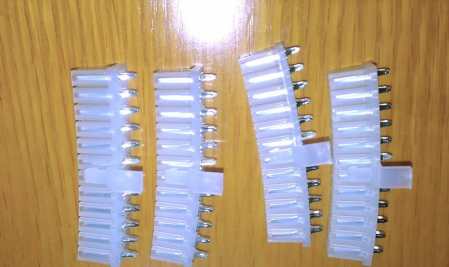

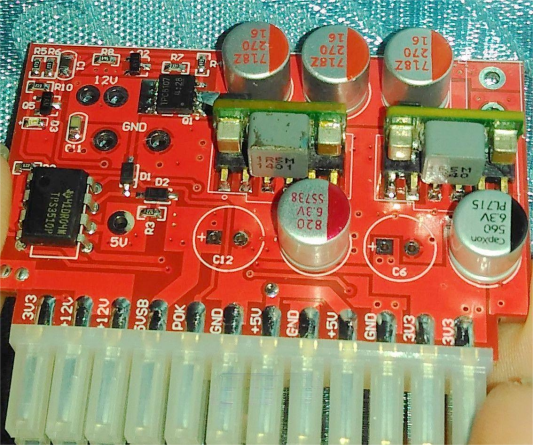

2. Plug Installation
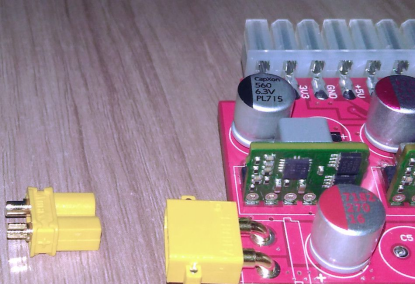
3. Wire Cutting

In this project, high-quality medical-grade wires are employed for their superior stability compared to standard Dell 12V18A series wires, albeit at a slightly higher cost.
4. Output Cables
Modify the IDE port to a SATA port by using the output cable cut from the ATX.

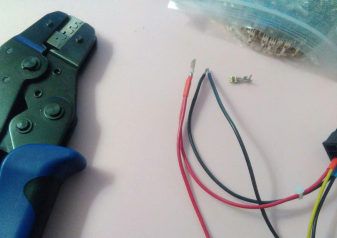
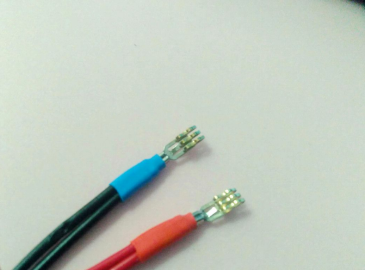

5. Module Testing

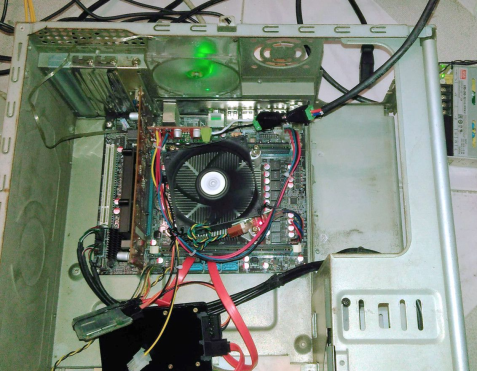
6. Platform Configuration


This comprehensive project encapsulates the ingenuity of creating versatile ATX power supplies in a compact form factor, catering to the demands of modern computing while prioritizing efficiency and safety.




